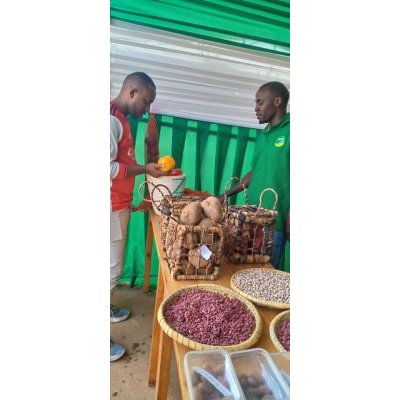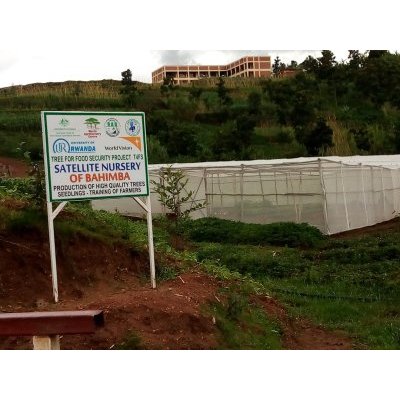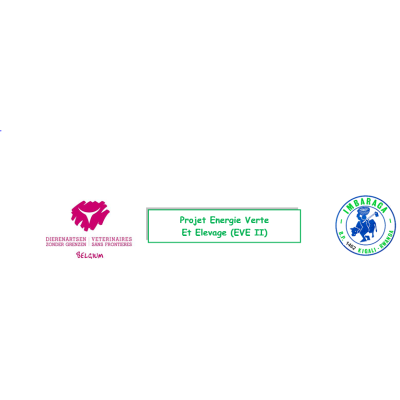Overview of the Feed the Future Rwanda Orange Fleshed Sweet Potato (OFSP) for Income and Nutrition
Under USAID Funding through International Potato Center (CIP-RWANDA), IMBARAGA Farmers Organization is implementing the Feed the Future Rwanda Orange Fleshed Sweet Potato(OFSP) for Income and Nutrition project in RUBAVU District. The project promotes the production and consumption of Orange Fleshed Sweet Potato in Four administrative Sectors as IMBARAGA’s Feed the Future (FTF) zones of influence in RUBAVU District. The four administrative sectors are: CYANZARWE, NYUNDO, RUBAVU and RUGERERO. The project contributes to FTF objectives of inclusive agricultural sector growth and improved nutritional status, especially of women and children. The project supports the ongoing work of the International Potato Center (CIP) on the production and distribution of OFSP for improved income and nutrition. The duration of the project is three years, and started in September 2015.
Orange Fleshed Sweet Potato has been shown to be highly effective for reducing Vitamin A deficiencies in children and to improve overall household nutrition and livelihoods when promoted through integrated agriculture-nutrition interventions.
Goals and results
The goal of the OFSP project is to increase the production and consumption of orange-fleshed sweetpotato to enhance incomes of smallholder farmers and improve the nutritional status of women and children under five.
As a result of the implementation of this project, 20,000 households in RUBAVU districts will grow and consume OFSP; and over 20,000 children under five will have a minimum acceptable diet.
In support of these overall goals, the project will pursue three specific objectives that will deliver the following results:
Objective 1: Increased productivity and production of OFSP among smallholder farmers
Results:
1.1 At least six nutritious and productive OFSP varieties available for dissemination to farmers.
1.2 Viable and gender equitable value chains established that support access to quality planting materials of these varieties for at least 20,000 smallholder households.
1.3 These households will grow OFSP varieties using good agronomic practices, resulting in an increase of OFSP growing areas
1.4 Capacity of more than 6 vine (‘seed’) multipliers improved to conserve, multiply, and market vines.
1.5 Robust MEL system developed and utilized to track key production indicators
Objective 2: Improved incomes from OFSP along the value chain
Results:
2.1 Availability, visibility, quality and food safety of OFSP roots improved in at least one major fresh food market in the district, through better post-harvest handling, trading, and retailing practices.
2.2 Consumer demand increased through public awareness campaigns.
2.3 Additional demand created through technical support to food processors to include OFSP as a main ingredient in products.
2.4 Robust market MEL system developed and utilized, linked to existing market information system.
Objective 3: Improved nutrition outcomes for women and children under five
Results:
3.1 OFSP and vitamin A material integrated into nutrition messaging and counseling that reaches at least 20,000 households through community groups supported by at least 24 trained Community Health Workers and agricultural promoters.
3.2 Improved utilization of OFSP among 20,000 households with at least 20,000 children under five; supported through demonstrations of safe and nutritious food preparation and storage including options for OFSP utilization as a complementary baby food.
3.3 Robust MEL system, developed utilized to track key agreed indicators in nutrition and behavior change.




